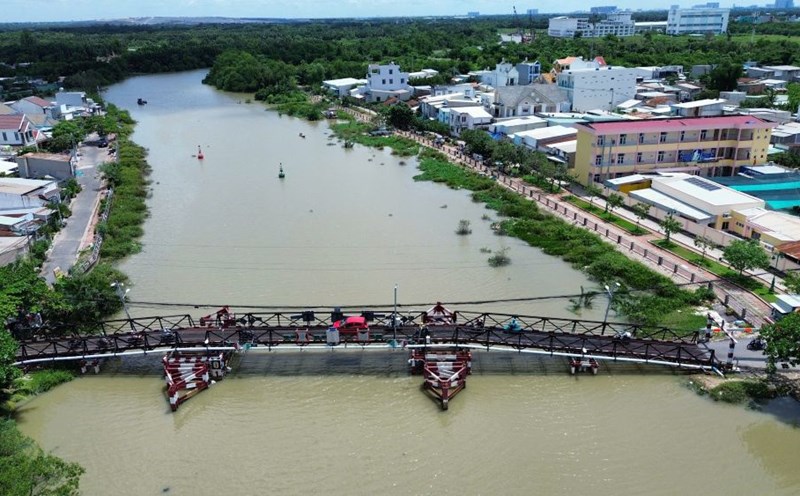There needs to be a mechanism to encourage green startup projects
Vietnam has many opportunities to promote green growth, towards a sustainable economy. To achieve this goal, in addition to clear policies, it is necessary to build a green ecosystem and a sustainable financial system, operate synchronously, creating momentum for substantial transformation for the economy.
At the P4G 2025 Conference, Deputy Minister of Science and Technology Hoang Minh said that Vietnam has more than 4,000 innovative startups, but only 5-7% of them focus on green transformation. This reflects the gap between green development goals and the innovation movement.
He emphasized the need for concrete action to create substantial changes and called for strong participation from the public, private and international communities to build a green startup ecosystem. To spread green transformation, it is necessary to have an environment to encourage sustainable business models and support capital, standards, and markets for green startup projects.
Three pillars in the green growth strategy
Minister of Science and Technology Nguyen Manh Hung said that in order for green transformation to become a driving force for sustainable development, Vietnam needs to prioritize the development of breakthrough technologies such as hydrogen, new-generation batteries, low-carbon technology, circular technology, along with artificial intelligence (AI), IoT, Big Data and semiconductor chips. These technologies will be a key factor in the process of greening the economy.
The Minister emphasized that Vietnam has brought science - technology, innovation and digital transformation under the same management ministry, considering these three inseparable pillars in the green growth strategy.
To increase connectivity, he proposed building a set of global green standards and a shared technology platform in the P4G block, allowing countries and businesses to access information, share solutions and transformation experiences. At the same time, developing tools to support people to live green like virtual assistants 24/7 is also a way to make green transformation a lifestyle, instead of just a policy.
While technology platforms and startups are creating a premise for green growth, financial problems are still a major bottleneck.
Deputy Minister of Finance Do Thanh Trung affirmed: "Green growth is an irreversible trend, a prerequisite to ensure sustainable development and improve resilience to climate change". Mr. Trung emphasized the role of financial policies in leading the green transformation process, and called for coordination between countries and financial institutions to form a fair, equitable and sustainable financial framework.
In addition to macro orientations, according to Deputy Minister Do Thanh Trung, the urgent issue at present is to develop specific solutions to create an operating corridor for green capital flows.
Building a data ecosystem for green finance
For green finance to truly become a reality, Dr. Duong Ngan Ha - Faculty of Finance, Banking Academy - said that Vietnam needs to quickly build a green credit data ecosystem with enough operational capacity. According to Ms. Ha, the financial system will not be able to allocate capital effectively without a transparent data platform, clear standards and synchronous risk management tools.
Dr. Ha proposed developing four pillars including: National database on green credit; green project classification system (taxonomy); data collection - processing technology infrastructure; and a close coordination mechanism between the State, credit institutions and enterprises. Vietnam can refer to Singapore's GFIT model - where taxonomy is integrated with the ESG Greenprint data platform, helping to automatically track and report green capital flows. China is also a notable example of the taxonomy system developed by the People's Bank of China since 2015, initially applied to green bonds, then expanded to credit and sustainable investment.
In addition, Dr. Ha also emphasized the role of training appraisal teams at credit institutions, and at the same time proposed to soon issue unified green project identification standards to minimize risks in credit granting, ensuring transparency and sustainability for the entire system.











